Scientists inside and outside of particle physics and astrophysics are leaning on AI for assistance with complex tasks.
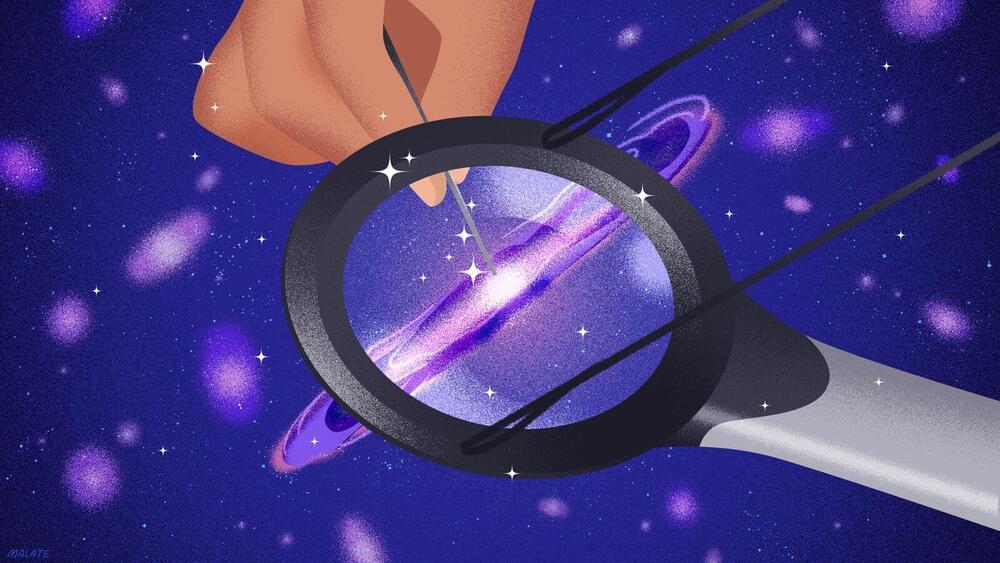


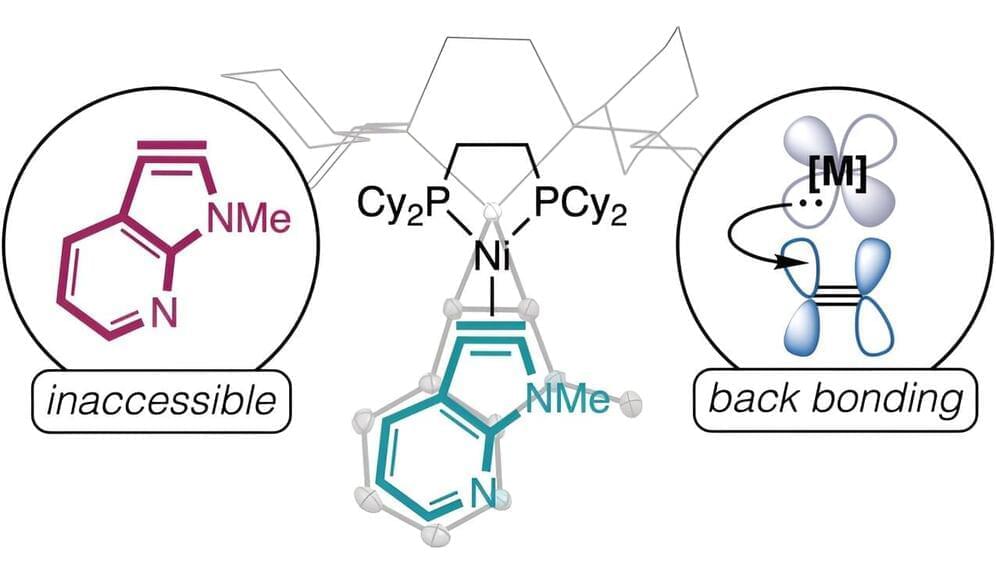
For the first time, chemists in the University of Minnesota Twin Cities College of Science and Engineering have created a highly reactive chemical compound that has eluded scientists for more than 120 years. The discovery could lead to new drug treatments, safer agricultural products, and better electronics. The study is published in Science.
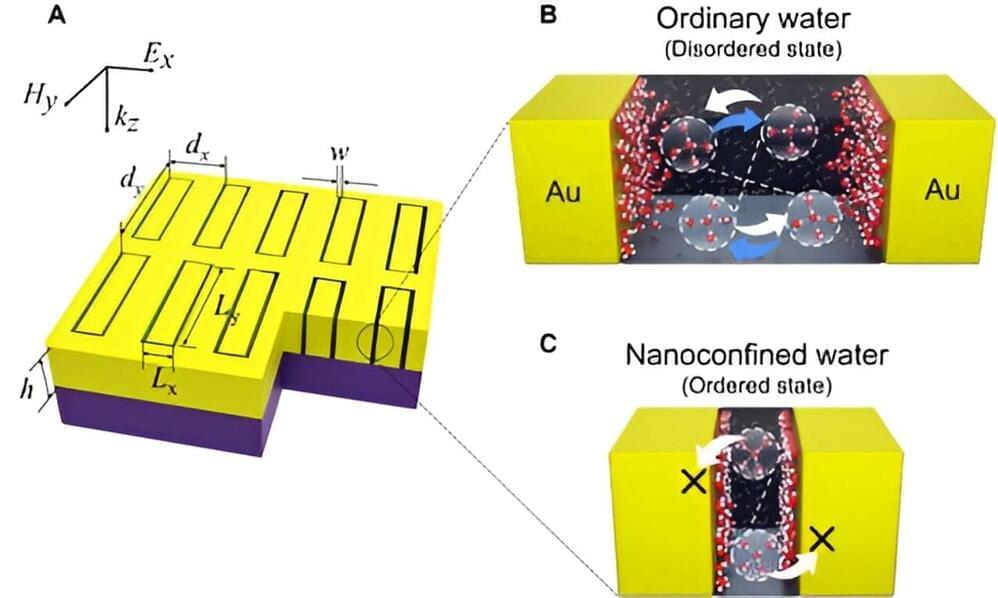
In a new discovery, researchers have revealed novel insights into the behavior of water molecules confined within nanostructures. Their study, published in Science Advances on April 24, delves into how terahertz (THz) waves influence the dynamics of water molecules confined in two-dimensional (2D) spaces within nanoresonators.
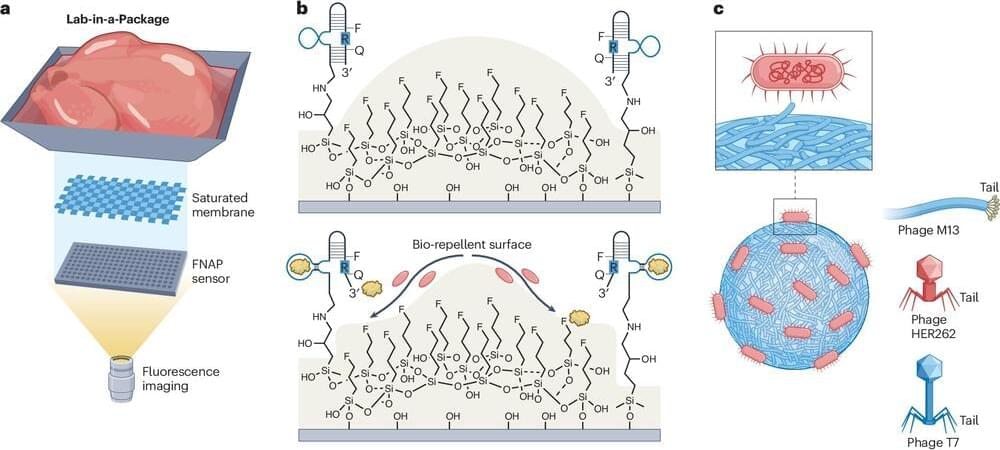
Storm drains can be a causeway of disaster for our oceans and bays, because trash and organic debris can travel through the pipelines, polluting the waterways on the other side.
Fortunately, a program in Florida could serve as a model for other communities in cleaning up the drains and preventing harmful pollution from soiling the environment.
The solution is from Miami-based Stop Ocean Pollution Technologies, or SOP. They were selected by the North Bay Village to install up to 50 unique drain filters that utilize an “upper flow of water through the screen, which will allow it to continue to flow even as debris is collected,” according to a report from NBC6 South Florida, the network’s local affiliate. Keeping the drains clear can also prevent flooding.

Herbert Ong Brighter with Herbert.

An American debt collection agency suffered a data breach in late February, losing sensitive data belonging to almost two million people.
Earlier this week, Financial Business and Consumer Solutions (FBCS) sent a data breach notification letter to affected customers, explaining that unauthorized third parties accessed its systems on February 14, 2024, and remained there until being spotted, and ousted, on February 26.
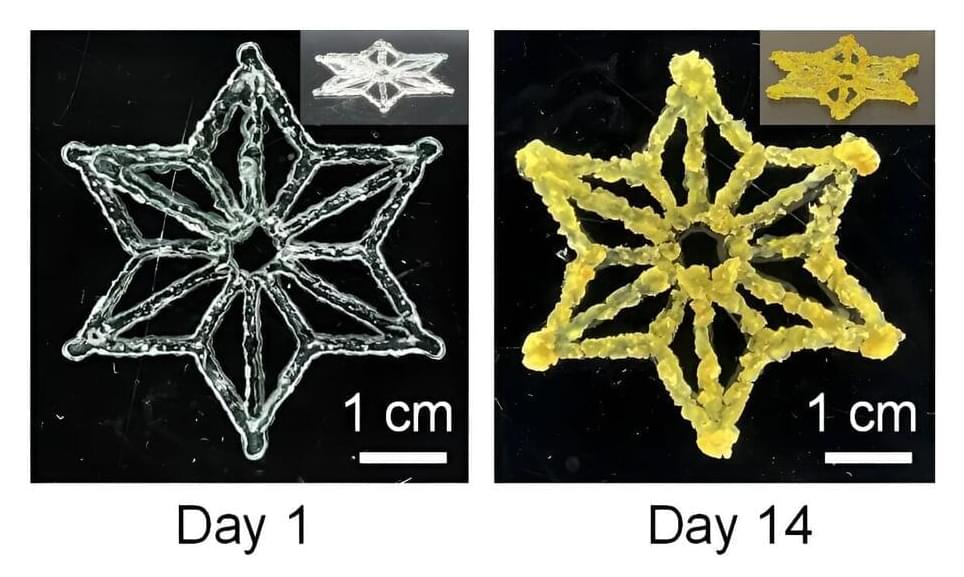
Scientists are harnessing cells to make new types of materials that can grow, repair themselves and even respond to their environment. These solid “engineered living materials” are made by embedding cells in an inanimate matrix that’s formed in a desired shape. Now, researchers report in ACS Central Science that they have 3D printed a bioink containing plant cells that were then genetically modified, producing programmable materials. Applications could someday include biomanufacturing and sustainable construction.